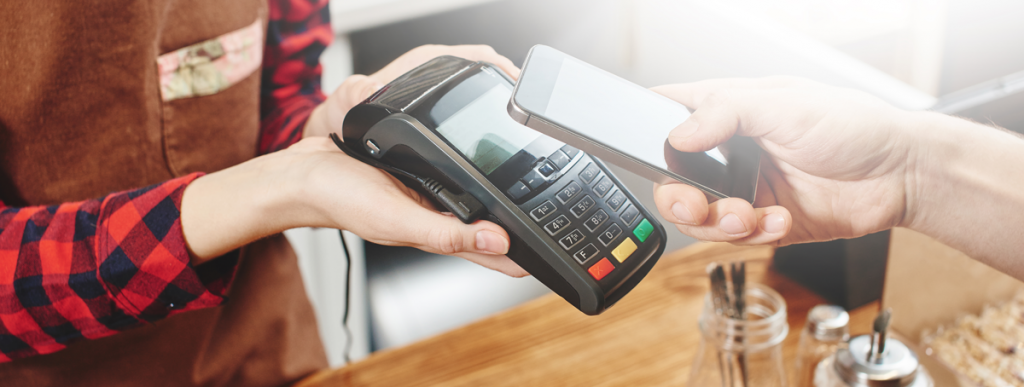It’s our business to know how to get our clients’ products into the hands of their customers. With traditional physical retailing being challenged by technology and the ever-changing behaviour of the hyper-connected consumer, brands and retailers are being forced to rethink their businesses and approaches.
With the shifting shopping model, it’s critical to find the most effective and efficient way to reach the socially and digitally savvy Australian customer.
“Through our association with global retail partners and local retail insights affiliates,” said Andrew Potter, Managing Director, CPM Australia, “we’ve combed through range of retail whitepapers and articles to identify emerging key trends that will shape the retail and sales industry over the next 12 months across Australia.”
Our aim is to arm our clients with the top trends that will have the biggest impact on shopper behaviour and retailer performance Australia-wide in the year ahead.
Four trends that will gain traction in 2019
The following four key trends will cover current disruptions and key challenges that retailers and brands are facing in today’s sales environment.
1. AI & Machine Learning: Building Blocks for Retail Growth
Artificial intelligence (AI) and machine learning have officially stopped being a marketing buzzword. As data is becoming one of the main building blocks for retail growth, analytics are now an integral part of the marketing mix. Some of the up-and-coming technologies that will gain traction with consumers in 2019 include voice activated assistants and chatbots.
With a report on voice usage in Australia¹, (CMO) it demonstrates that 1.35 million Australians now have a smart speaker and use voice activated assistants to help navigate their daily lives.
According to the report, Australia’s adoption of devices is rapidly outpacing the US and UK. These early adopters include Gen Z, millennials, younger families, and city dwellers.
With over four million Australian consumers (16%) predicted to use their smart speakers for shopping in 2019¹, this latest appetite presents a major opportunity for brands and retailers to make meaningful connections with their target audience.
2. Socially Conscious Consumers: Seeking transparency & responsibility
Shoppers are demanding more transparency and more responsibility from brands and retailers. They’re paying more attention to the ethical practices of the brands they buy from and have considered the reality that their purchasing habits have an impact on the world around them. From eco-friendly packaging to reducing food wastage and sustainable delivery methods, these initiatives are gaining ground and are being spruiked to attract the environmentally conscious customer.
Late last year, Deloitte and Chartered Accountants Australia reported that 64% of consumers in the Asia-Pacific region are willing to spend more on socially conscious brands². With this in mind, companies will have to consider the image they want their brand to publicly convey to the world, and to ensure their values are aligned.
3. The Cashless World: Delivering frictionless shopping experiences
The payment mix has changed. Consumers are no longer carrying cash and they’re positively attracted to paying electronically. As cash becomes less prominent and as contactless payments are becoming the norm, brands and retailers are figuring out ways to deliver a more frictionless shopping, cashless environment.
According to Roy Morgan’s ‘Digital Payment Solutions Currency Report’³, the majority of consumers prefer cards over cash. They reported that Australia is leading the world in contactless payments.
The Australian Payments Network Milestones Report⁴ reconfirms this inclination and quantified that Australians make, on average, nearly 500 electronic payments a year (up from an average of 100 payments twenty years ago ⁴).
This latest digital application is assisting retailers and brands in helping them better understand their customers patterns plus allows them to trial new technologies. Consumers also gain from paying electronically. It provides them with a frictionless shopping experience.
4. Experience Retailing: Digital shoppers crave physical experiences
As each year passes, brands and retailers around Australia are continuously shifting their goalposts as they continue to battle it out in-store to keep up with the rapid development of technology and demanding customer expectations. Consumers are more connected than ever and they’re demanding more meaningful and memorable retail experiences both online and offline.
As consumers have adapted to the convenience of online shopping, the challenge for brands and retailers continues to focus on how they deliver in-store experiences that are consistent with their shoppers’ digital expectations.
As customers become smarter shoppers, retail spaces need to offer more than just a product showcase, but a memorable and immersive brand experiences. These brand experiences can either be through human touch or technology such as augmented reality & virtual reality. The store environment, design and customer touchpoints are of equal importance in the digital age. Both channels contribute to an enhanced customer journey where customers are immersed in the brand’s values and products.
Conclusion
Therefore, now more than ever brands and retailers that are looking to differentiate themselves in this hyper-connected world need to reimagine and redefine their stores by investing in customer experience and high-quality of service.
References
¹ Report: Voice commerce represents vast untapped market for Australian brands, CMO Magazine
² The Future of Trade: Are we ready to embrace the opportunities?, Deloitte and Chartered Accountants Australia
³ Roy Morgan ‘Digital Payment Solutions Currency Report’
⁴ Australian Payments Network Milestones Report: The Digital Economy, Ninth Report
